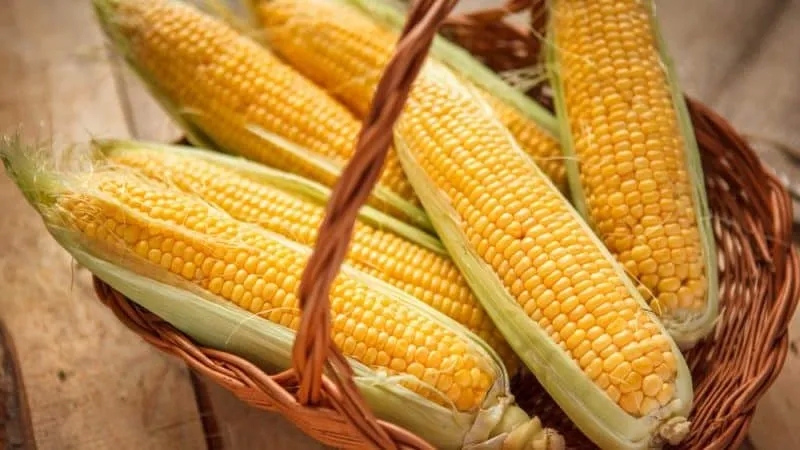
Where and how to store corn on the cob at home: optimal storage conditions and periods
Corn – an incredible plant domesticated in North America thousands of years ago. Today, corn is not only consumed as food in nearly every country but is also used to produce alcohol, glue, plastic, plaster, industrial filters, and animal feed. Not just the kernels, but also the leaves, stalks, and husks are utilized.
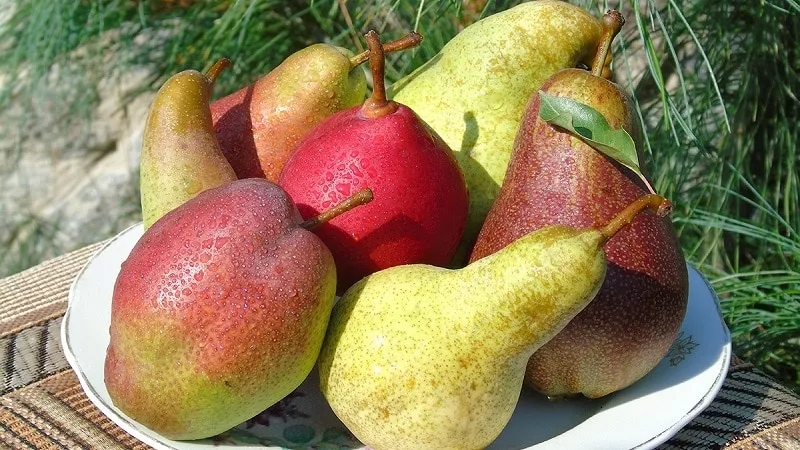
The sweetest and juiciest varieties of pears
To achieve a bountiful harvest of garden pears, it is essential to choose the right variety. Gardeners in Northern Europe opt for frost-resistant varieties, while those in Southern Europe prefer drought-tolerant ones. Pears are also categorized into summer and autumn varieties—the former ripens in July or August, the latter in September or October. The fruit's flavor largely depends on care—proper watering, fertilizing, pruning, and mulching are crucial. By following all agronomic guidelines, pears will be juicy, fragrant, and aromatic.
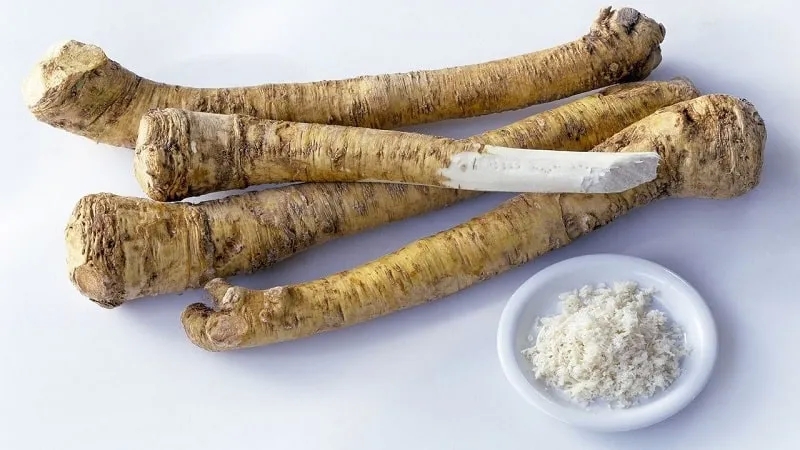
The best ways to store horseradish at home
Horseradish root is a unique product with medicinal properties and a bold flavor. It can be consumed fresh or dried, and is used to make tinctures and preserves.
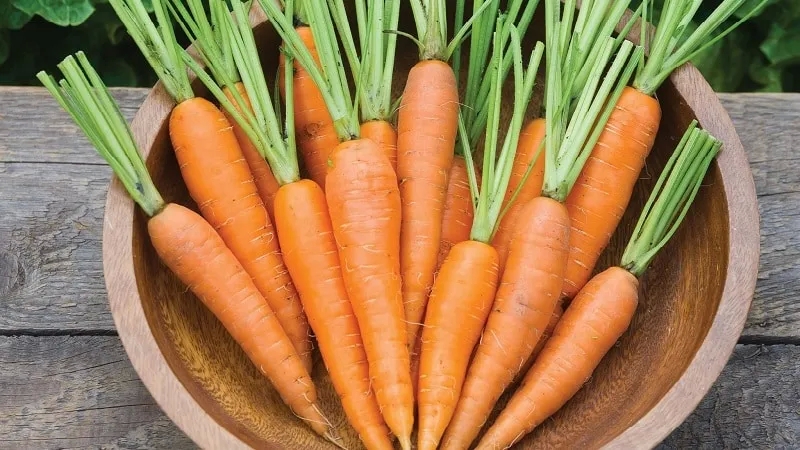
Caloric content, vitamins and nutritional value of fresh and cooked carrots
It is a well-known fact that fresh vegetables are healthy. However, not everyone knows that some vegetables become even more nutritious after cooking. Today, we’ll talk about carrots.
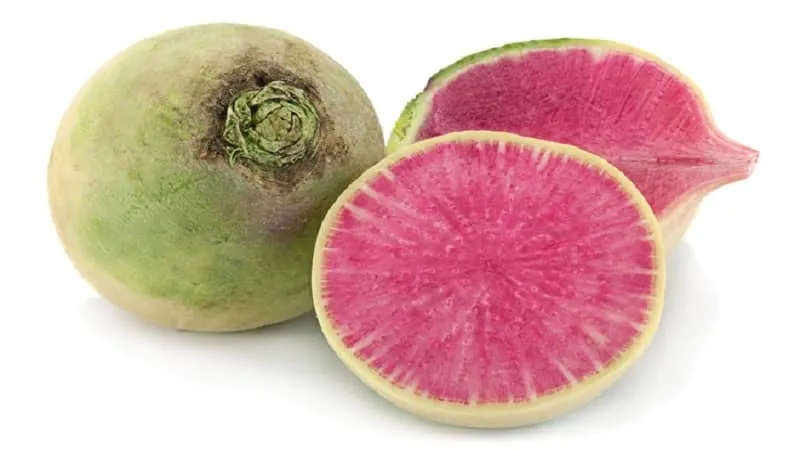
Unusual-looking and tasty watermelon radish: what's good about it and how to grow it
Watermelon radish (or radish) – a hybrid crop named for its flesh's resemblance to the melon fruit. Its color ranges from pink to deep purple. The root vegetable's taste combines a spicy bitterness with pleasant sweetness. Its striking appearance, early maturity, and adaptability make it popular among gardeners.
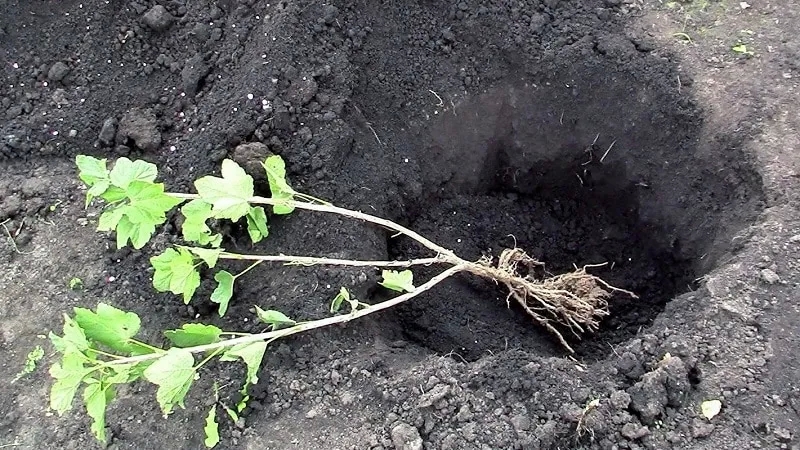
Favorable conditions for growing berries: what kind of soil does gooseberry like and how to properly enrich it
Gooseberries are among the highest-yielding berry shrubs. With proper planting, a single bush can produce up to 12 kg of juicy berries and continue fruiting for 20 years or more. The plant is low-maintenance and easy to grow, requiring only a sunny planting spot, moderate moisture, and nutrient-rich soil.
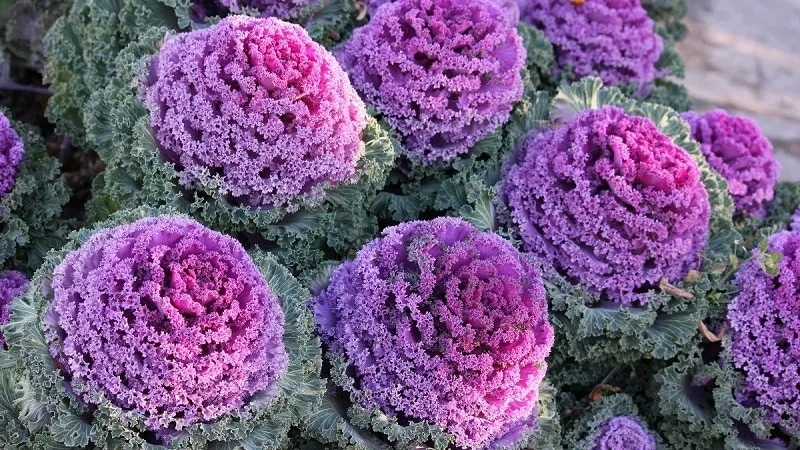
Ornamental cabbage: features of the culture, description of varieties with names and photos
In autumn, flower beds in many gardens take on a dull appearance: the last asters, chrysanthemums, marigolds, and other hardy plants fade away. Adding vibrant and rich tones to your flowerbed until the first frosts is possible with the help of an unusual plant – ornamental cabbage. Below, you’ll find a list of ornamental cabbage varieties with photos and descriptions of their key characteristics.
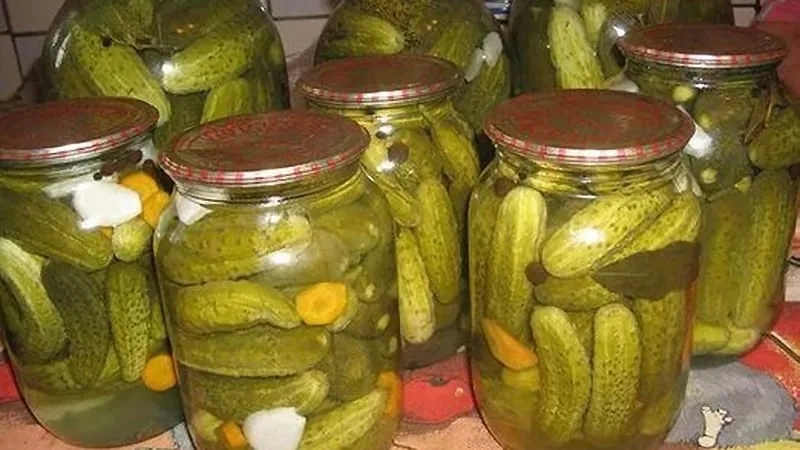
How to properly prepare pickled cucumbers with carrots for the winter
Cucumbers often grow alongside carrots in the garden, but they are rarely found together in a jar. Adding carrots—or even their greens—can diversify your winter preserves, making them hearty and nutritious.
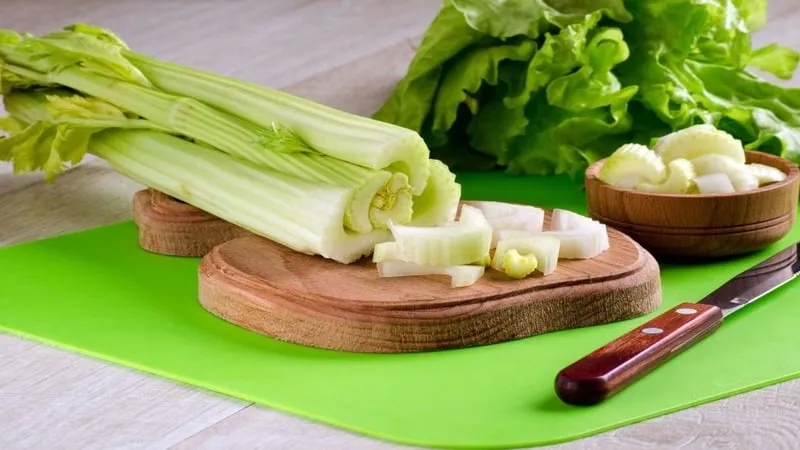
Celery for weight loss: how much can you eat per day
The uniqueness of celery lies in the fact that all parts of this vegetable are edible — the leaves, root, and stems. By including it in your diet, you can not only benefit your body but also lose a few extra pounds. The key is to consume it in moderation and follow the recommendations of specialists. So, how much celery can you eat per day to lose weight without harming your health?
- How to save tangerines from worms and diseases
- How to prune a peach tree in spring and why it is so important
- Instructions for novice gardeners: how to root a rose from a bouquet at home
- The best ways to dry blackcurrants at home
- How to grow African millet in open ground and use it in the farm
- What is the name of a red orange